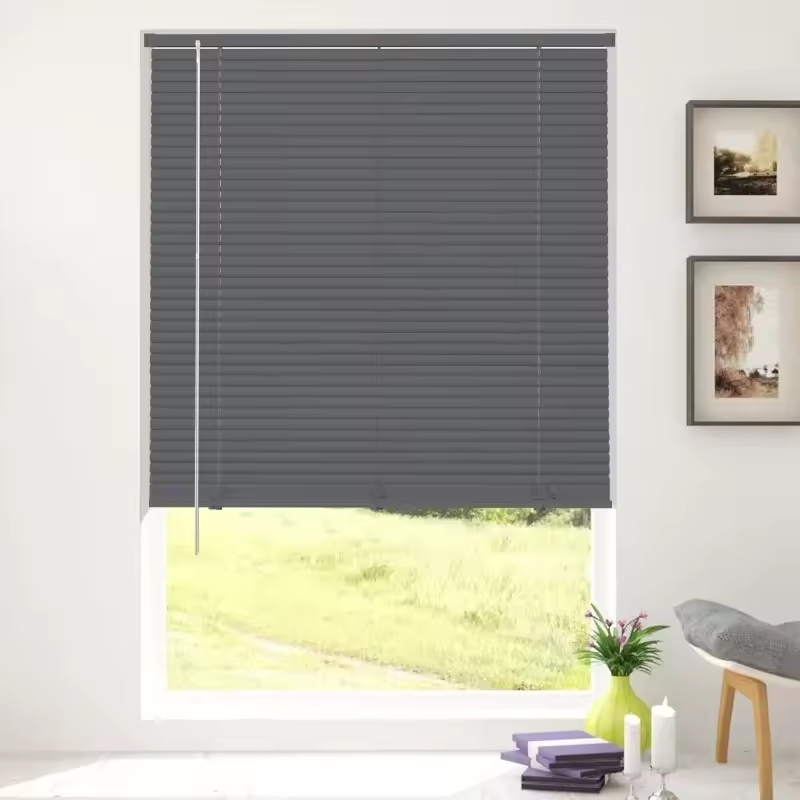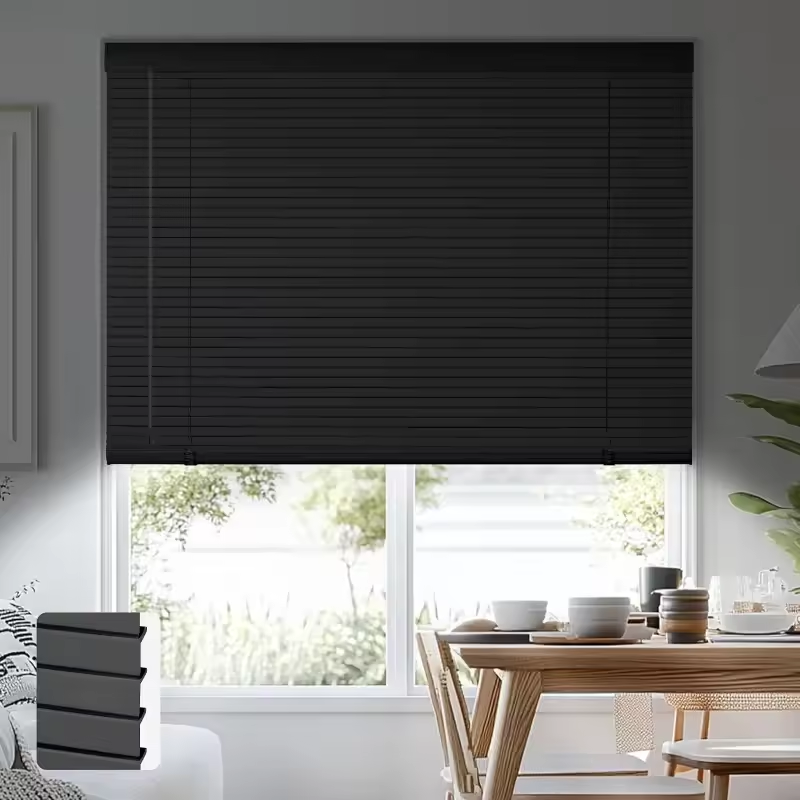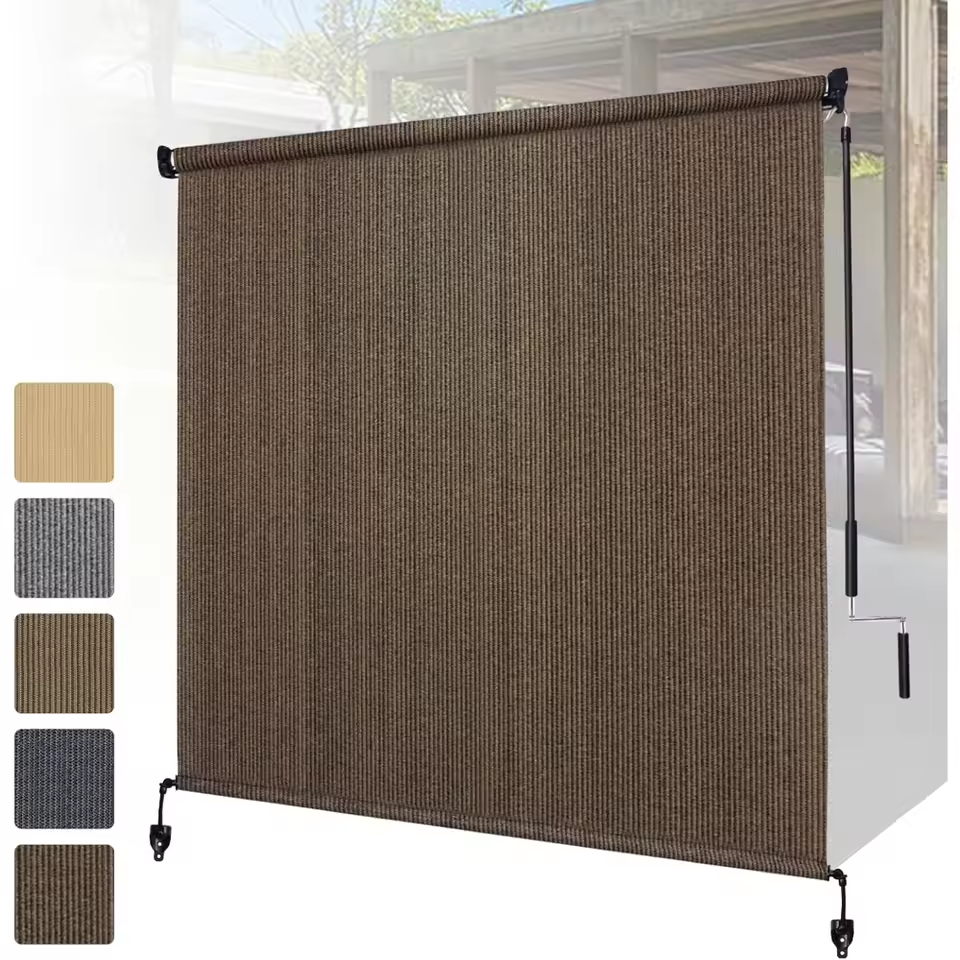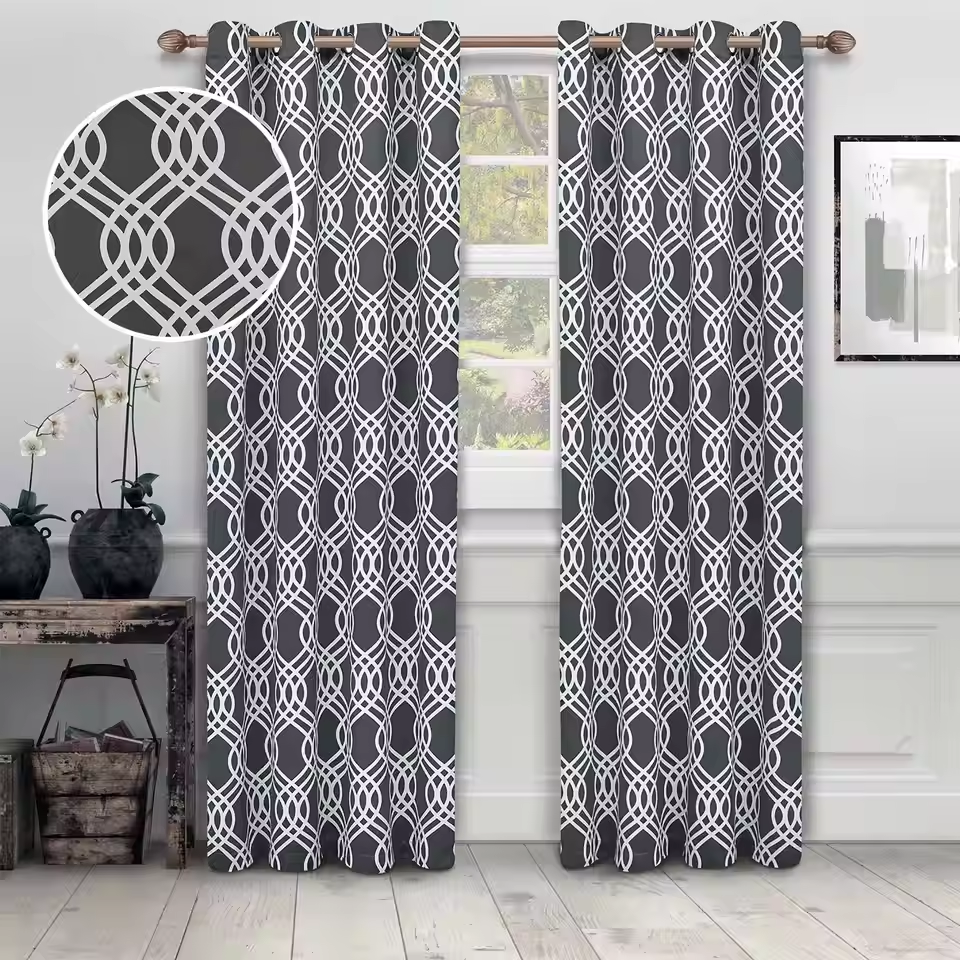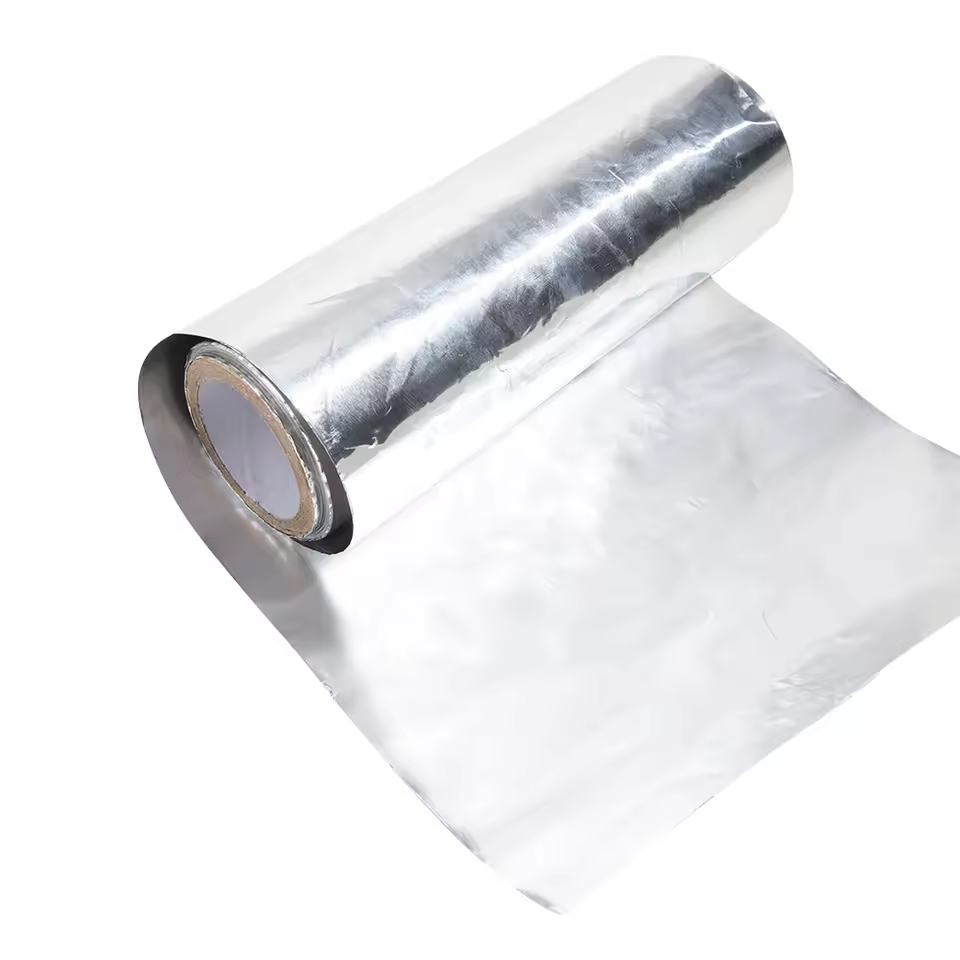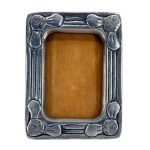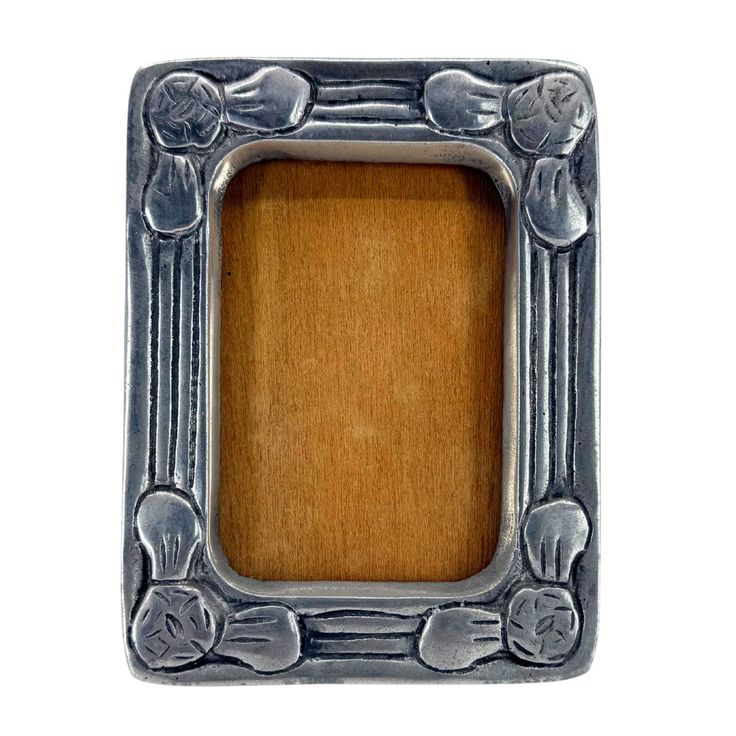Introduction to Blind Removal
Blind removal might seem tricky at first. But with the right guidance, it is quite simple. Whether you want a fresh look or need to clean them, taking down blinds is easy. Our guide breaks down the steps for various blind types. From Venetian to faux wood blinds, we cover them all. Keep reading to master the art of blind removal.
Preparing to Dismantle Your Blinds
Before starting the blind removal process, preparation is key. It ensures the task is done quickly and safely. This preparation involves gathering tools and taking necessary precautions.
Safety First: Tools and Precautions
To begin with, safety is paramount. Make sure to have the following tools ready:
- A flat-head screwdriver for prying the headrail.
- A Phillips head screwdriver or drill for unscrewing brackets.
- A sturdy ladder to reach higher blinds.
- Safety goggles and a dust mask to protect against airborne particles.
Clear the area around your window. This prevents any damage to furniture and makes space for a ladder, if needed. Once you have all the tools, wearing safety gear like goggles and a mask is smart. Dust and debris often dislodge when removing blinds. Keeping them on during the process helps to avoid any eye irritation or inhalation of dust.
Remember, proper tool use is crucial. The right screwdriver or drill bit makes the job smoother. With everything prepared and safety checked, you’re ready to remove your blinds effortlessly and without hazard.
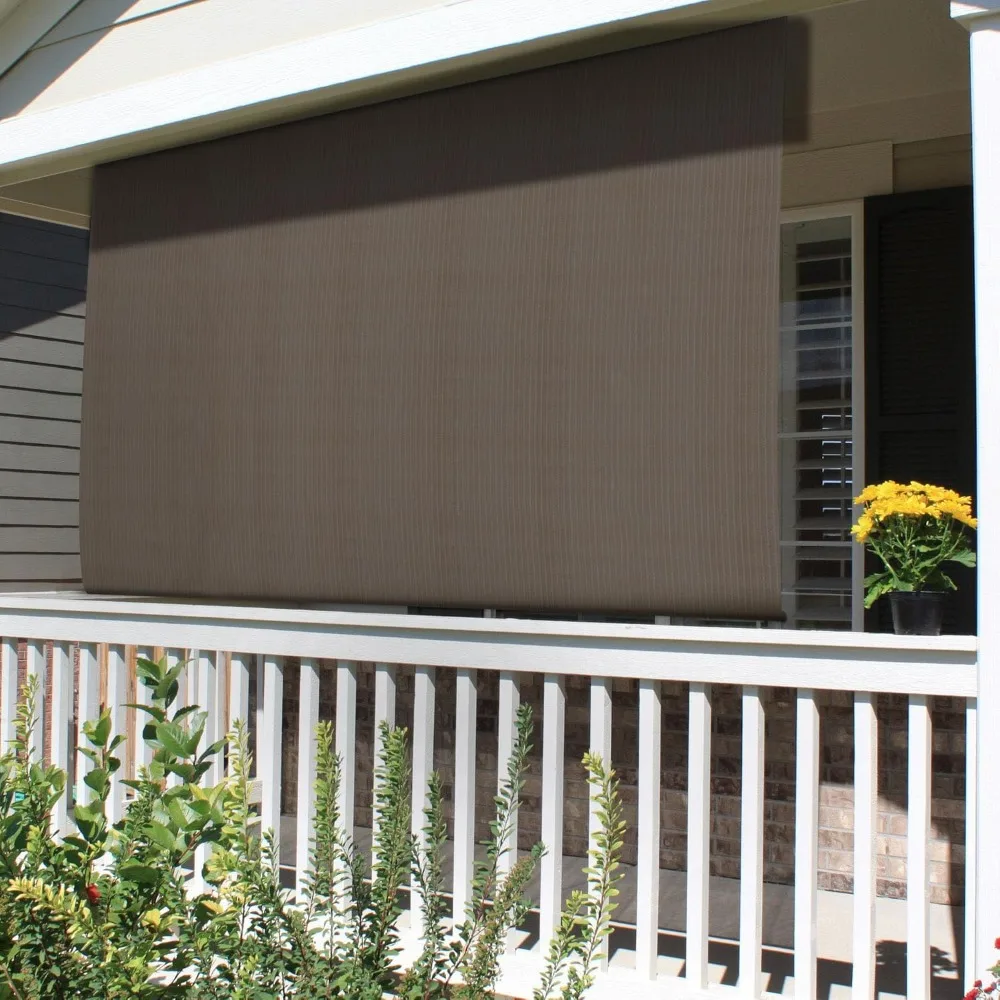
Step-by-Step Removal for Different Blind Types
Removing different types of blinds involves unique steps for each kind. Below, find easy-to-follow instructions for various blind types.
How to Remove Venetian Blinds
- Remove the valance if present.
- Tilt the slats horizontally and lift the blinds up.
- Disengage the headrail from the brackets and remove it.
- Unscrew the brackets from the window frame.
Roller Blinds
- Unhook the chain loop from the bracket using a Philips head screwdriver.
- Disengage the pin on the opposite side with a flat head screwdriver.
- Lift the roller blinds off the brackets.
- Unscrew remaining brackets from the frame.
Roman Blinds
- Detach the fabric from the headrail (usually attached with velcro).
- Release the levers holding the headrail, then remove it.
- Unscrew any remaining brackets.
Vertical Blinds
- Tilt slats to allow maximum light and unhook each vane.
- Use a screwdriver to loosen the headrail from the spring brackets.
- Remove the headrail and unscrew the brackets from the window frame.
Cellular Blinds
- Lift the shade to its topmost position.
- If needed, secure with a rubber band.
- Disengage the headrail from the brackets by pushing forward.
Mini Blinds
- Lift the slats horizontally, then gather at the top.
- Open the brackets using a flat head screwdriver and lift the headrail out.
- Remove the brackets with a Philips head screwdriver.
Faux Wood Blinds
- Pull slats to the open position.
- Disengage the headrail from the brackets.
- Follow the same steps as for Venetian blind to remove the headrail and brackets.
Each type of blind has its tricks, but with the right tools and steps, the process is straightforward. Prepare your tools and safety gear, follow these steps, and you’ll have your blinds down in no time.

Troubleshooting Common Issues During Blind Removal
While removing blinds seems straightforward, you might face some challenges. Here’s how to address common issues efficiently.
Stuck Brackets
Sometimes, brackets become stuck due to paint or rust. If this happens:
- Apply a lubricant like WD-40 and let it sit for a few minutes.
- Gently wiggle the bracket with a flat-head screwdriver to loosen it.
- Use a Philips head screwdriver to slowly unscrew the bracket.
Slats Not Tilting
If blinds slats won’t tilt:
- Check for any tangled cords or obstructions in the mechanism.
- Ensure all cords are hanging freely and not knotted.
- If needed, spray a silicone lubricant on the tilt mechanism.
Headrail Won’t Disengage
If the headrail won’t come off:
- Ensure all screws are fully removed from the brackets.
- Push or pull the headrail gently to see if it moves. If not:
- Use a rubber mallet to tap lightly on the headrail.
Unsteady Ladder
Safety is crucial when working with heights. If the ladder feels unsteady:
- Ensure all ladder feet are on a stable, flat surface.
- Ask someone to hold the ladder as you work.
- Consider using a taller step stool if appropriate.
Dust and Debris
To manage dust and debris:
- Wear safety goggles and a dust mask.
- Lay a drop cloth or old sheets to catch falling debris.
- Vacuum the area immediately after removing the blinds.
By preparing for these issues, you can ensure a safer and smoother blind removal process.
Reusing or Replacing Brackets for New Blinds
When installing new blinds, reusing existing brackets might be an option. However, it’s vital to ensure they match in size and style. Follow these points to decide if you should reuse or replace the brackets.
Checking Compatibility
Examine the old brackets carefully. They must fit the new blinds perfectly. If they don’t, new brackets are necessary. Assess the condition too. Rusty or bent brackets won’t hold your blinds securely.
Evaluating Condition
New blinds often come with their own brackets. If your old brackets look worn out, using the new ones is safer. Ensure the wall area is free of damage before installing fresh brackets.
Preparing for Installation
If reusing, clean the old brackets with a damp cloth. This removes dust and prepares them for the new blinds. When replacing, remove the old brackets with a screwdriver first.
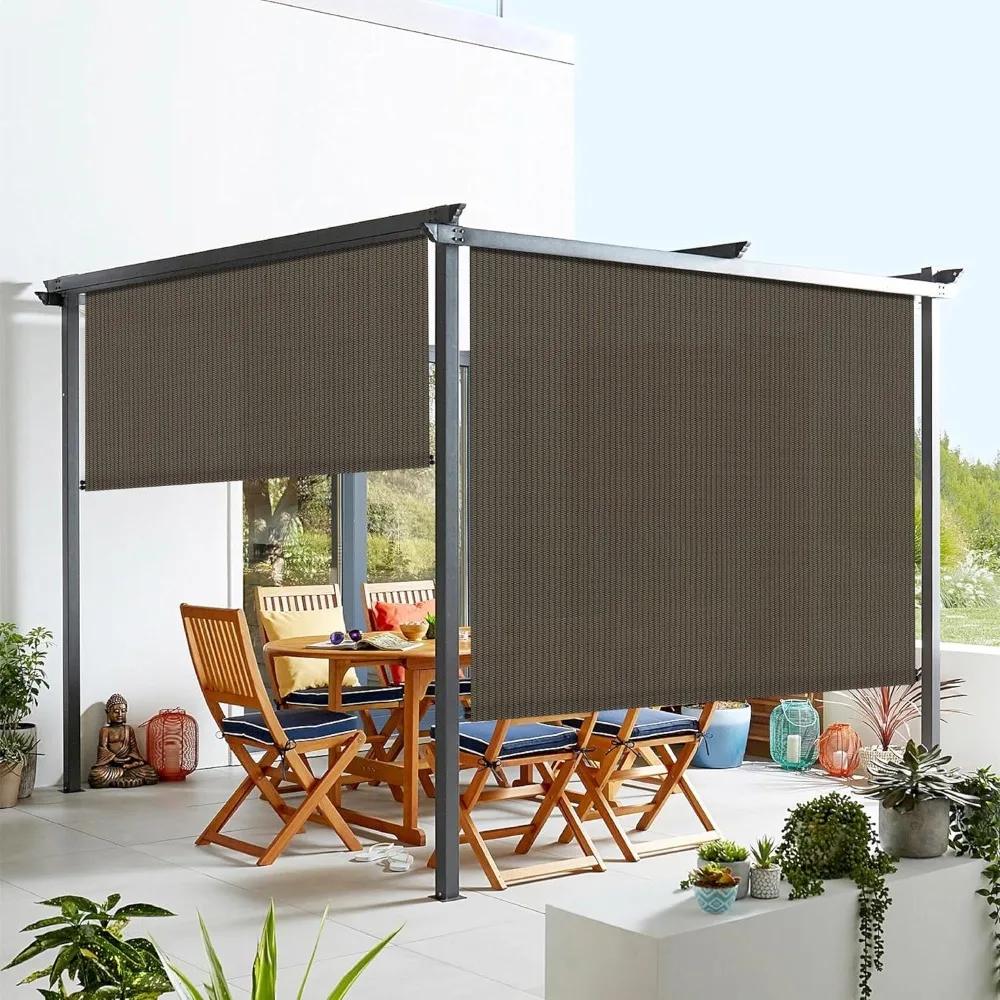
Final Steps
Align the new blinds with the brackets. Whether reusing or replacing, securing the blinds firmly is crucial. Test the installation by gently tugging on the blind. They should stay in place without wobbling.
In conclusion, reusing brackets can save time and effort. But, your top priority should be a secure and proper fit. Seeing issues with fit or condition? Go ahead and replace them. It’s all about achieving a safe, clean installation for your new window treatments.
Ensuring Proper Alignment
Alignment is key to a successful blinds installation. Whether you are reusing old brackets or installing new ones, it’s essential that the blinds sit correctly in their mounting position. Start by measuring and marking the exact spot where the brackets should go. Double-check your measurements to ensure the brackets are level with each other before securing them. Misaligned brackets can cause uneven blinds that may not open or close smoothly.
When installing new brackets, follow the manufacturer’s instructions carefully. Some brackets may require specific positioning for optimal performance, especially when it comes to the size of the window or the weight of the blinds. If reusing existing brackets, make sure they are still in the correct alignment with your new blinds.
Conclusion: Wrapping Up the Removal Process
Congratulations! You’ve now mastered how to get blinds down efficiently and safely. This guide has walked you through different types of blind, from Venetian to faux wood, and covered potential troubleshooting issues during the removal process.
Whether you were removing blinds for cleaning, upgrading, or simply changing the mood of your rooms, the steps provided should make the task straightforward. Remember, having the right tools is crucial for a smooth removal. And don’t forget, safety first! Always wear protective gear and ensure any ladders or stools are stable before use.
Moreover, deciding whether to reuse or replace brackets for new blinds is essential. Evaluate the condition and compatibility of your old brackets. If in doubt, replacing them is a safe bet to ensure your new blinds fit securely and look great.
Thank you for following this guide. With the knowledge you’ve gained, dealing with blind removals in the future will be a breeze. Feel free to refer back to this guide as you continue to manage your home’s window treatments. Good luck!
